Opuntia Tuna cactus plant
₹199.00
Out of stock
Email when stock available
Opuntia Tuna known as “Joseph’s Coat” is one of the very few naturally occurring white-variegated cacti. It is a dwarf, teratological variant of the larger Prickly Pear cactus Opuntia monacantha. As its name suggests, this cactus is variegated or marbled with white, creamy-white, yellow, green and sometimes also with pink in varying patterns.
Habit: It is an odd shrubby or tree-like plant that forms wonderfully tortured shapes usually less than 50 cm tall, but occasionally up to 1 m or more metres tall. To many it looks stretched or etiolated due to lack of light, but its actually a monstrous form.
Stem: Long, smooth, flattened beautifully green, yellow and pink covered in tiny hair spines.
Flowers: Small red.
Remarks: In cultivation Opuntia monacantha is perhaps best known in the form of its variety variegata
Cultivation and Propagation: Variegated cacti are regarded as choice and difficult in cultivation, but Opuntia monacantha f. monstruosa is easy to grow on its own roots and very common in cultivation. It is a freely branching species that reproduces readily by cutting, recommended for any collection that needs lots of heat with ample airflow.
Growth rate: It is a fast growing species. It branches profusely from the side and near the tips and can form a 50-100 cm tall shrub in just a few years given the best conditions.
Soils: It likes very porous standard cactus mix soil with more organic matter (peat, humus) than other cacti.
Repotting: Repotting every 2-3 years. It will need a pot with sufficient depth to allow the root to expand. Use pot with good drainage.
Watering: Needs moderate to copious waterings in summer (it is more demanding than other cactus), but do not overwater, keep dry in winter at a minimum temperature of 5°C. Its roots are easily lost in pots that stay damp for any length of time. Keep dry with ample airflow in winter. In the rest period no high atmospheric humidity!! Care must be taken with watering as they tends to become swollen and untidy in growth habit if given too much water and shade.
Fertilization: During the growing season enrich the soil using a fertilizer rich in potassium and phosphorous, but poor in nitrogen, because this chemical element doesn’t help the development of succulent plants, making them too soft and full of water.
Be the first to review “Opuntia Tuna cactus plant” Cancel reply
You must be logged in to post a review.





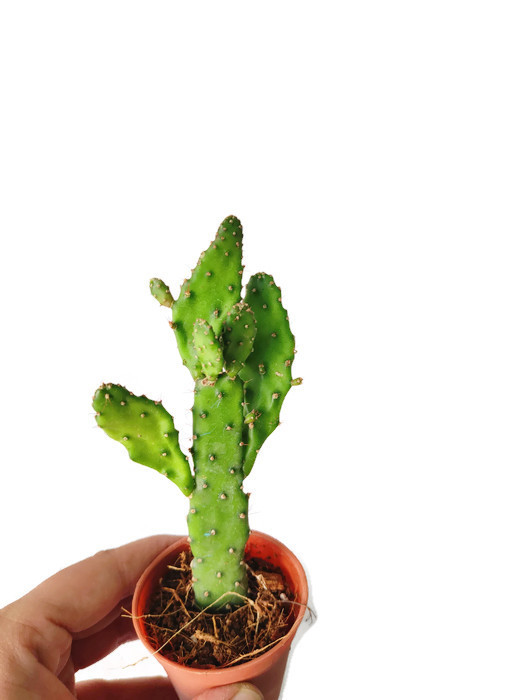
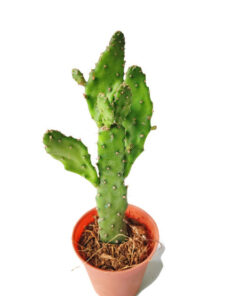


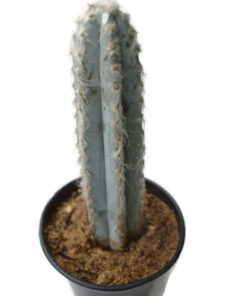



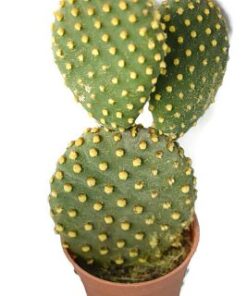
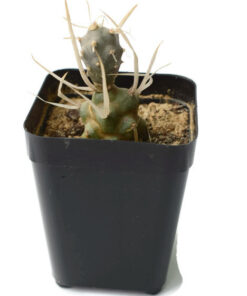

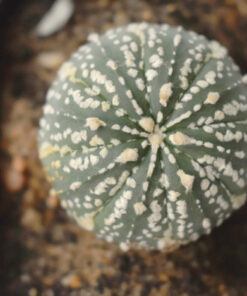

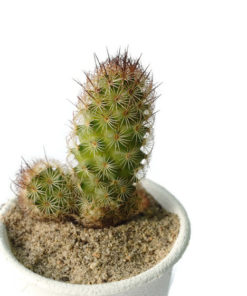

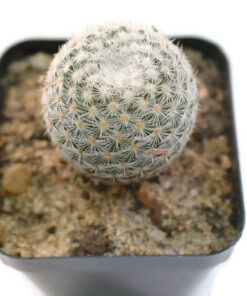

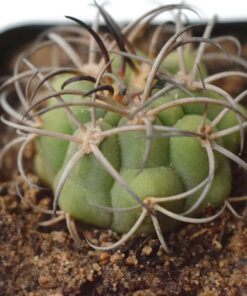

Reviews
There are no reviews yet.